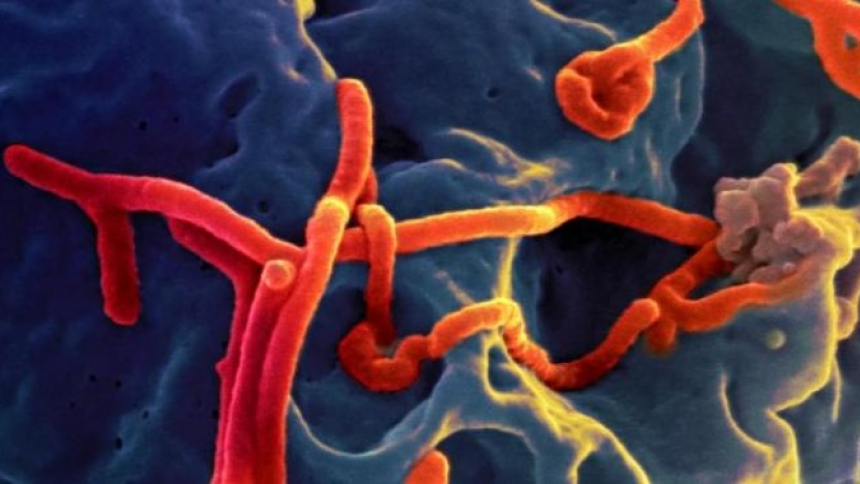Ebola virus disease has resisted containment in the 12 or more months since its emergence in West Africa. Identifying factors that are driving transmission, such as infected individuals’ decisions to travel to hospitals or receive community care, appropriate burial practices, and social interactions between infected individuals and susceptible people in either hospital settings or the community, are key to understanding how policy should act to mitigate the virus’ spread.
CIDD researcher Matt Ferrari and his colleagues at the University of Georgia, John Drake, RajReni Kaul, Laura Alexander, Suzanne O’Reagan, Andrew Kramer, J. Tomlin Pulliam and Andrew Park, have used a branching process model to predict possible outcomes of how quickly the virus will spread in the future depending on different potential transmission scenarios and logistical constraints, such as availability of hospital beds.
A branching process model can be used to predict the number of “offspring” in a future generation based on probability distributions that describe the possible number of new offspring one step ahead. In the case of disease modeling, researchers can predict the number of new cases based on probability distributions for the potential outcomes given different transmission contexts.
In the branching process model Ferrari and colleagues constructed, 11 potential transmission scenarios, dependent on the location and treatment status of the infected individual, were expected to contribute to spread. The probability of transmission could further be affected by factors such as hospital bed capacity, or whether burial practices were performed safely or with risk of exposure. The researchers simulated different transmission processes and then compared the results with data on Ebola case numbers from different time points taken from Liberia. The forecasts obtained from the model closely matched the actual number of case reports, suggesting that the model could be useful in predicting the number of cases in future months.
Importantly, the results of the model suggest that the number of future Ebola cases appears highly dependent on the hospitalization rate. Hospitalization rates near 70 percent of infected individuals leaves a grim picture for the future of the Ebola epidemic with the effective reproductive ratio above 1, but if hospitalization can increase to a rate of 85 percent there may be hope to achieve elimination by spring of this year. This result suggests that individuals’ decisions to receive hospital care rather than community care and government policies to increase hospital bed capacities or availability of new hospitalization centers could be the biggest factors in creating an Ebola-free future in West Africa.
The model and findings were published in the January 13 edition of PLOS Biology and can be found here. A blog post covering the research can be found on PLOS Biologue here.
Synopsis written by Jo Ohm
.
Publication Details
Drake JM, Kaul RB, Alexander LW, O'Regan SM, Kramer AM, Pulliam JT, Ferrari MJ, & Park AW
Ebola cases and health system demand in Liberia
Journal: PLOS Biology
DOI Reference




